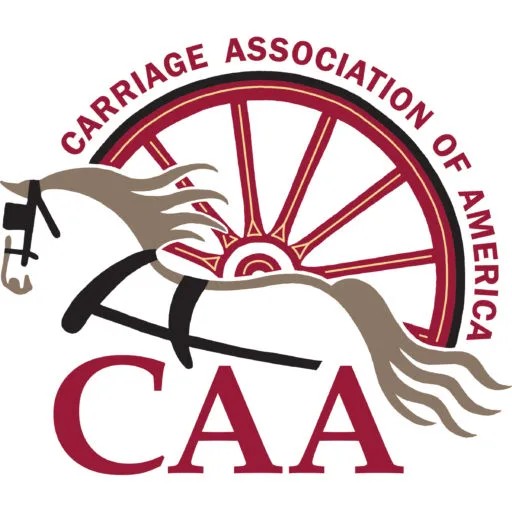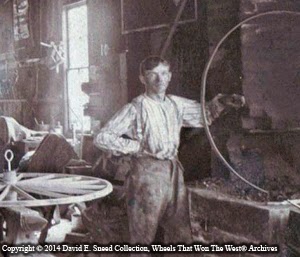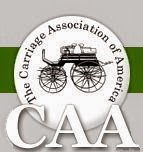Locating detailed information on earlywagons and stagecoaches isn't always an easy task. Some particulars can only be found in period catalogs and materials produced by vehicle builders while other data may have to be mined from scarce periodicals, old government records, or other references. While many folks use the internet as an immediate 'go-to' resource, the very nature of massive amounts of data being posted online can make it tough to confirm reliability in all instances.
Equally important is the point that there is a host of well-researched information not currently available on the world wide web. In fact, many materials originally published decades ago have never been posted online. A good reminder of this can be found by perusing early issues of "The Carriage Journal." The magazine, published by the Carriage Association of America (CAA), is well-known for producing quality, well-written,and well-researched details on a host of vehicle styles, including America's heavier wagons and stagecoaches.

The Carriage Association of America is involved in much more than carriages and light vehicles.
A few years ago, I acquired a hardbound collection of the earliest years of this magazine. Within the Summer 1965 issue, I came across a multi-page story covering the famed 20 Mule Train and giant freight wagons used to haul borax through Death Valley. The article includes an overview of the wagons as well as discussions related to the mule teams, muleskinning, the desert terrain, and the early Pacific Borax Company.

The Wheels That Won The West® Archives include countless unpublished and rarely seen photos from America's first transportation industry.
In another article from a half century ago, the CAA covered the restoration of Abbot-Downing's coach #431. A 1964 write-up highlighted the wagons and carriages built by James H. Birch of Burlington, N.J. and still another in 1967 focused on the firm of Hoopes Bro. and Darlington in West Chester, Pennsylvania. At the time, they were still busy building wagon wheels; a business started 100 years earlier in 1867.
More than quaint stories from another time, these are touch points in history; allowing us more opportunity to learn about specific vehicles while potentially reinforcing provenance documentation. Likewise, such articles can be helpful within identification and authentication work. With a history dating to 1960, the Carriage Association of America is a strong organization helping bring like-minded folks together while promoting horse-drawn vehicle history and modern day applications. They're located at the Kentucky Horse Park in Lexington, Kentucky. If you've never been there, it's well worth the visit.
